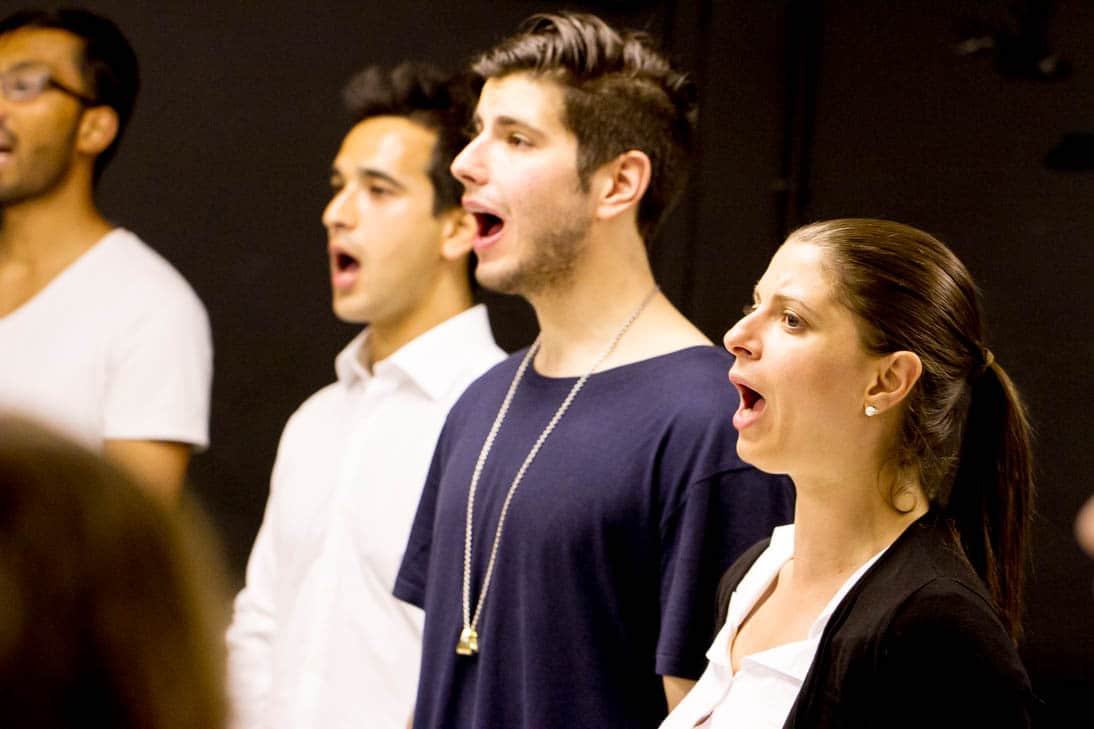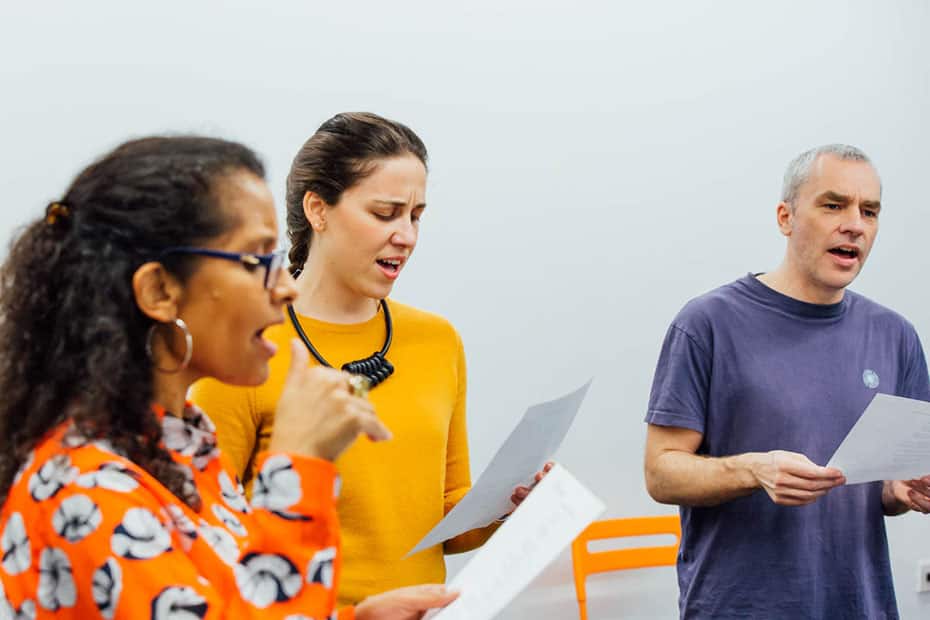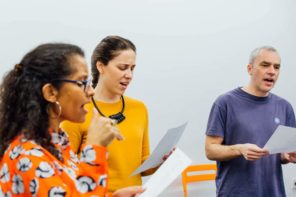
Singing has the power to bring people together, allowing a singer to emotionally connect with audiences through the interpretation of lyrics and melody. Our voice is an extremely powerful vocal instrument, but many people are mystified by what actually goes on in our body to produce sound. Although it’s not essential that we know everything about our voice in order to sing, an awareness of the physical process can help influence our technique development and learning capabilities.
Breathing - Our Vocal Instrument Power Supply
 Whilst breathing is an automatic process, singers can learn to control the flow of air and engage the muscles involved in breathing. An understanding of the diaphragm muscle falling and rising with each breath and how we can connect with this muscle during phonation, enables singers to achieve a smooth flowing sound and better sustain notes.
Whilst breathing is an automatic process, singers can learn to control the flow of air and engage the muscles involved in breathing. An understanding of the diaphragm muscle falling and rising with each breath and how we can connect with this muscle during phonation, enables singers to achieve a smooth flowing sound and better sustain notes.
Breathing exercises can also help to centre and relax singers and warm up your vocal instrument prior to performances and are fantastic in enabling a calm mindset. A good exercise to connect with the diaphragm is placing your hand on your tummy, inhaling, feeling your lungs fill with air and your stomach expand. Exhale on a ‘ssh’ or ‘vv’ and continue for the length of the breath. Visualisation can also help - as you breathe in imagine something dropping down and open. Never put on pressure or strain when practising.
Vocal Cords and Larynx - Our Source of Sound
Also referred to as vocal folds, vocal cords are complex structures, providing a valve for the airways and producing sound as air passes over and they vibrate. When you sing, the folds come together as they vibrate and it is this vibration which makes the sound. The higher the pitch, the faster the cords vibrate. The lower your pitch, the slower the cords vibrate. The vocal cords are protected by the thyroid cartilage and sit within the larynx, also known as the voice box. You can feel your larynx moving by putting your hand on your throat and swallowing.
The larynx is another complex structure of cartilage, membranes and ligaments. It is also very muscular - lifted and lowered by these muscles - you can physically feel this movement by placing your hand on your throat and singing high and low notes. Control and understanding of how to place your larynx when singing is key for different styles of singing.

Tension - Learning to Relax and Release
Tension within the body, particularly the tongue and jaw can affect your singing. Singers often identify tongue tension, jaw ache and neck strains, which has an impact on your larynx as they are interconnected. Identify where your tension lies first and then you can practice releasing the tension through exercises such as tongue rolls and jaw massages.
Keeping Things Healthy
It’s important to remember how your lifestyle can affect the health of your voice, so here’s a few tips to keep your voice healthy and happy:
- Avoid dairy, alcohol, caffeine and spicy foods
- Steam your voice to stay hydrated
- Drink water to stay hydrated
- Vocal rest when needed
- Always warm up
- Steer clear of smoky environments
Bernadette Doyle is Head of Singing at City Academy. As well having shared the stage with many well known performers, including Paloma Faith and Laura Mvula, she is also an artist in her own right. If you want to give your vocal instrument q workout and work on your singing skills, stage craft or songwriting skills, we have a range from courses to choose from:

Singing Foundation
Singing Beginners - Level 1
Singing - Level 2
Singing - Level 3
Choirs
Songwriting
Music Production
Jazz and Soul
Pop & Rock.... and more





